Understanding Why Cats Appear Similar While Dogs Showcase Diversity
Written on
Chapter 1: The Similarities of Cats
While it's true that cats do not all look identical, with variations in color, fur patterns, and sizes, they still possess a certain uniformity that makes them appear as though they belong to a single species. In contrast, the differences among dog breeds are striking and varied.
For instance, take a look at these two dogs:
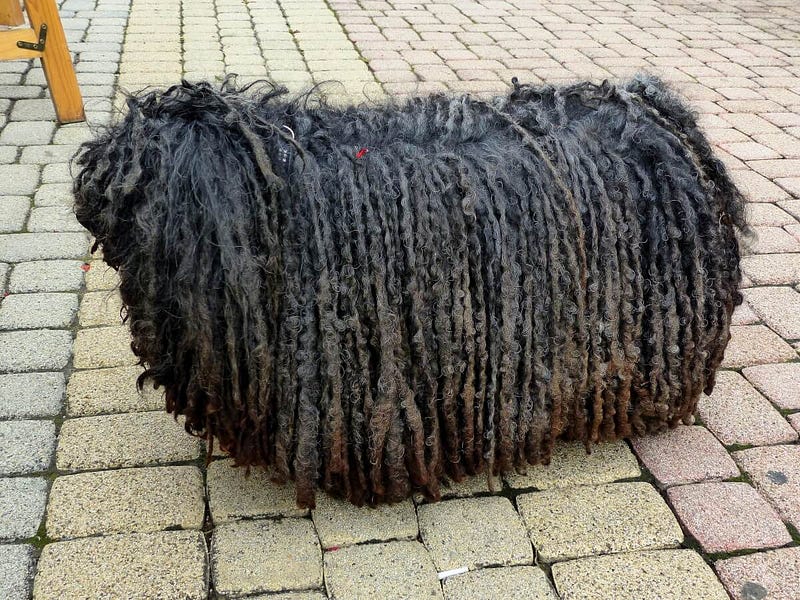
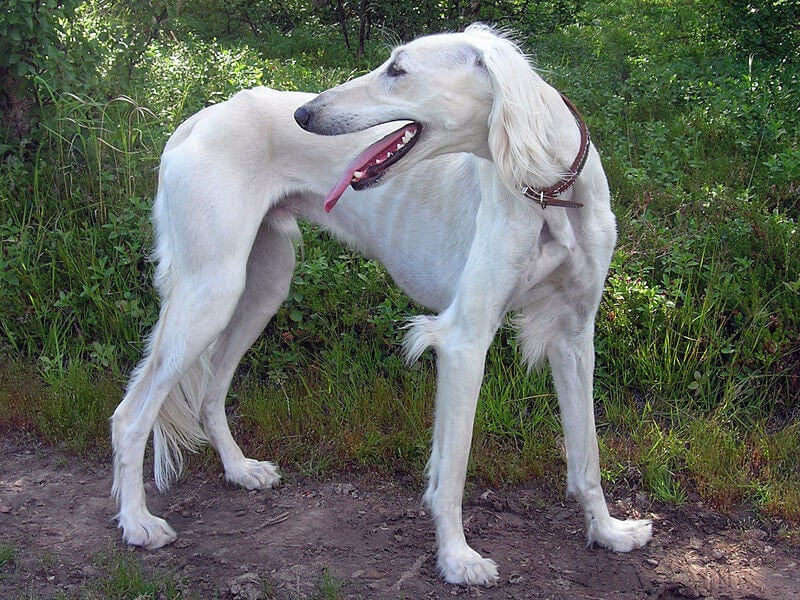
The first dog seems suited for herding, while the second appears vastly different, yet both belong to the same species: Canis familiaris. This variation raises questions about why dogs exhibit such wide-ranging differences, whereas cats remain more similar.
Chapter 2: The Roles of Cats and Dogs
Cats have essentially two primary roles: to be adorable and to manage rodent populations. They excel at these tasks independently, which means they have not undergone extensive human-directed breeding. Consequently, domestic cats closely resemble their wild ancestor, the African wildcat:
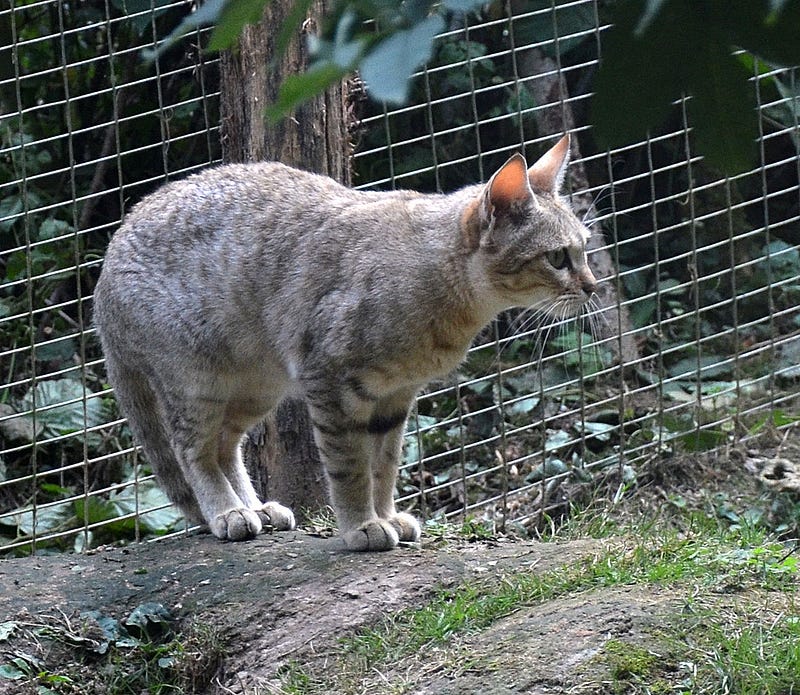
In contrast, dogs have been bred for a myriad of functions, including:
- Protecting property
- Herding livestock
- Hunting
- Participating in sports
- Tracking prey
- Assisting in rescues
- Serving as draft animals
- Engaging in warfare
- Aiding individuals with disabilities
- Being cute
The range of jobs for dogs leads to numerous specializations. For example, a guard dog may only need to bark to deter intruders, while another may require more aggressive traits for protection.
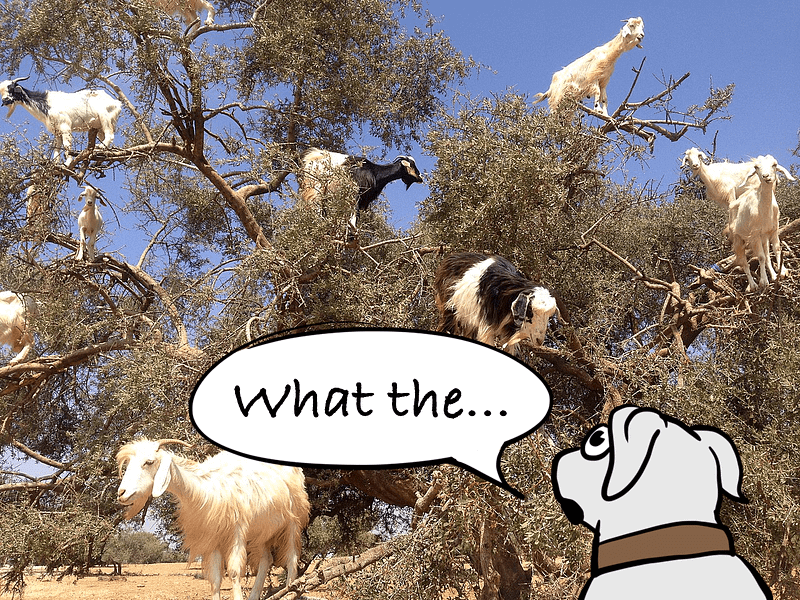
Dogs have also historically been bred for sports, leading to stark differences in their physical capabilities. For example, a dog bred for racing is not suited for bull-baiting.
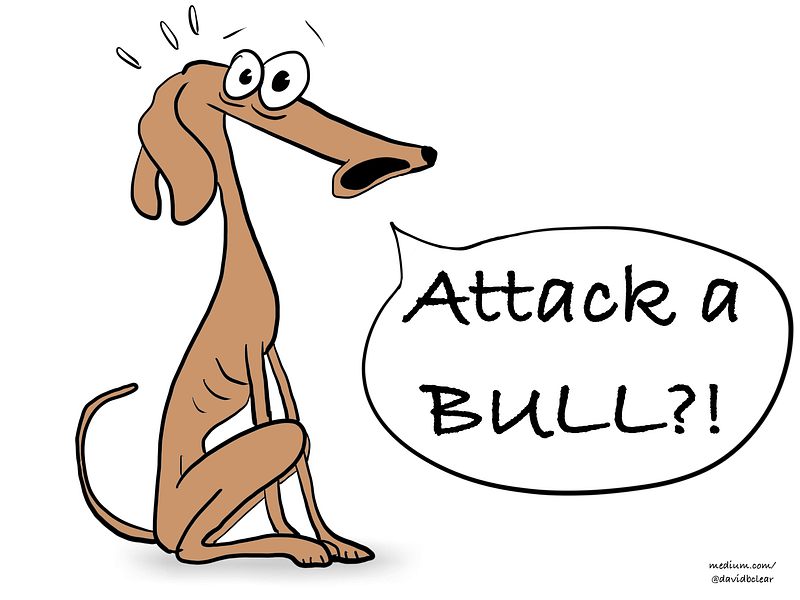
Furthermore, hunting showcases even greater specialization. Different breeds are designed for various game types, such as large deer or small rodents, and they often employ distinct hunting methods.
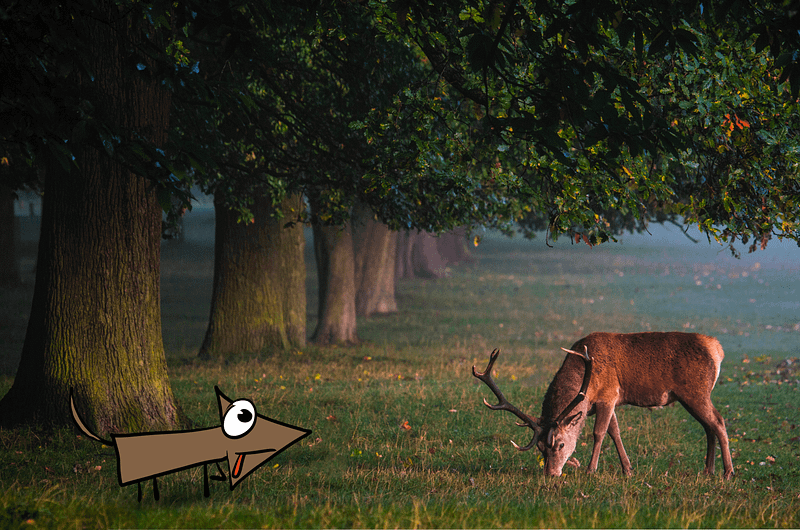
In addition to hunting, dogs have been utilized for guiding, search and rescue, and even as war animals throughout history.
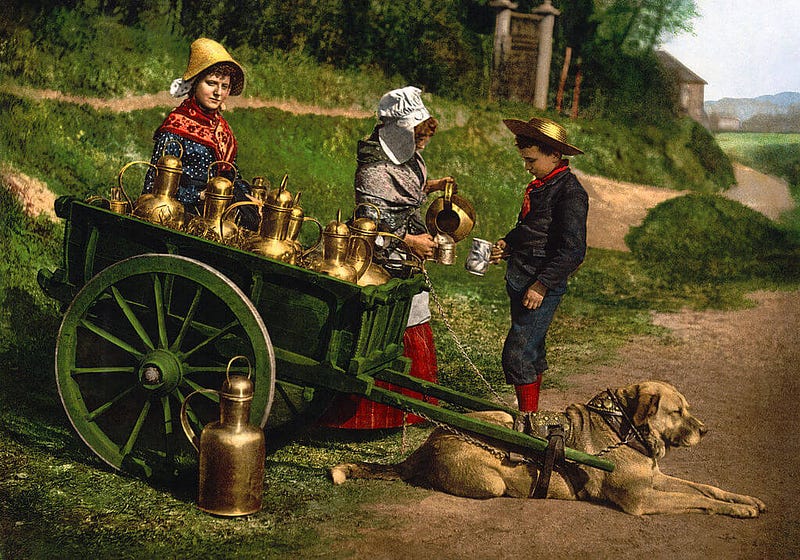
The diverse roles dogs have fulfilled have driven humans to breed them for specific traits, resulting in the vast range of dog breeds we see today.
Chapter 3: The Evolution of Cats
Cats became valuable to humans only after we transitioned to agriculture, as they helped control rodent populations when grain storage became necessary. Their solitary hunting nature made them less adaptable for other roles, unlike dogs, which hunt cooperatively. This independence has limited the incentive to breed cats for diverse traits, allowing them to remain closer to their natural form.
Wrapping Up
Since their domestication, dogs have been shaped to fulfill numerous roles, leading to a wide variety of breeds that look very different from one another. In contrast, cats, with their limited job scope, have retained more uniformity in appearance.
Explore the fascinating differences in the diversity of dogs and cats.
Discover why dogs exhibit such diverse appearances compared to cats.